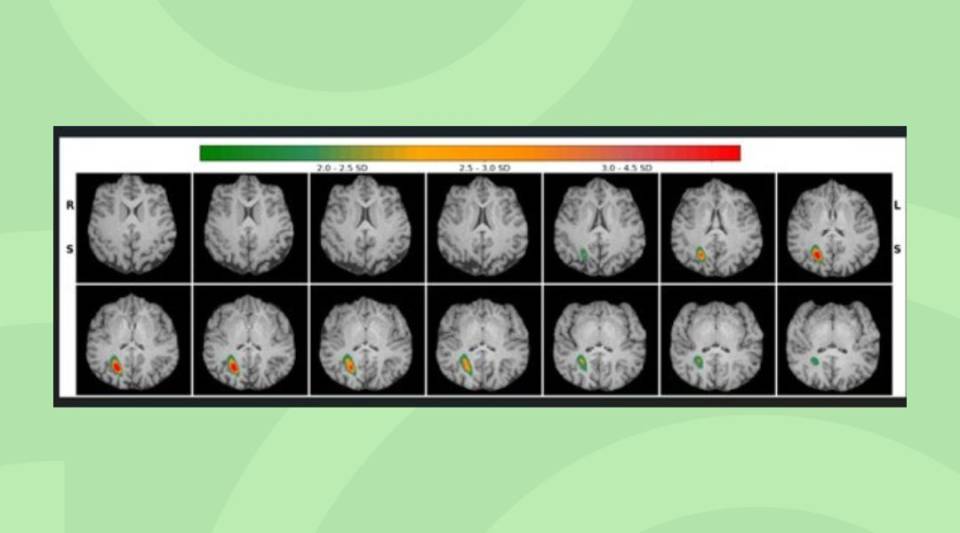- What is it?
- Causes and risk factors
- Symptoms
- Diagnosis
- Treatment
- Progression
- Living with the disease
- Research lines
- Frequently asked questions
Treatment of Multiple Sclerosis
Currently, there is no cure for multiple sclerosis, but there are many drug treatments that can help to alleviate and delay the advance of the disease. Furthermore, the symptoms can be controlled, and the severity of these can be reduced in order to help the patients maintain their quality of life.
The treatment of the multiple sclerosis is indicated for those patients who have the disease in the form of episodes or flare-ups, and not for those with a progressive form of the disease.
There are currently three types of treatment available:
- to treat flare-ups or acute episodes;
- to reduce the activity of the disease and to prevent or delay the disability (drugs that modify the course of the disease);
- to alleviate the symptoms associated with the disease.
There is currently no treatment available that can prevent the development of the disease (prophylactic) or regenerate the neurological changes that may have been produced.

Corticosteroids. Basic treatment, given the inflammatory nature of the lesions. Methylprednisolone is the drug most used that shortens the duration of the episode and speeds up the recovery of the patient.

Plasma exchange. Drawing of all the blood from the body in order to separate the red cells, white cells, and platelets from the plasma. The cells are returned to the patient without the plasma, which the body replaces rapidly. This technique is used in those patients who do not respond to conservative treatment, with no sequelae, or with previous minimal disability.
Some have immunosuppressive properties and others are directed against more specific targets, such as monoclonal antibodies. By the way they are administered, we can classify them into:

Self-injected Drugs
- Beta-interferon was the first approved drug and is a substance that is produced naturally and has anti-inflammatory properties. There are 4 interferons available that differ in the dose and administration route; three are subcutaneous and one is intramuscular.
- Glatiramer acetate is a mixture of short polypeptides that is based on modulating the anti-inflammatory response, and its administration is subcutaneous.
Both beta-interferon and glatiramer acetate are indicated to treat patients with isolated clinical syndrome (ICS) and with relapsing-remitting forms, since they reduce the number of flare-ups and activity observed in the magnetic resonance scan. Both drugs are very safe.

Oral Drugs
- Teriflunomide inhibits an enzyme involved in the proliferation of auto-reactive T and B lymphocytes, and with this, their passage into the central nervous system (CNS) is decreased. This drug is indicated in the relapsing-remitting forms, and has an efficacy similar to high doses of interferon.
- Dimethyl fumarate, through the inhibition of a factor, reduces the release of inflammatory substances and activates another factor that exercises an antioxidant effect. The drug has the same indication as the previous one, and reduces both the clinical and radiological activity of the disease.
- Fingolimod acts against a receptor and triggers the “trapping” of the auto-reactive lymphocytes in the lymphoid organs, without affecting those of the effector memory. The drug is only indicated for the relapsing-remitting forms. It has double the efficacy of a low dose interferon.

Intravenous drugs (are administered in a hospital centre)
It is important to take into account that women of fertile age must take contraceptive measures while they receive treatment with any of the drugs available, and the advisability of carrying out individualised planning in the case of a desired pregnancy.
Monoclonal antibodies

Natalizumab is an antibody directed against an integrin, which on blocking it makes it difficult for the auto-reactive lymphocytes to pass into the central nervous system. It is administered monthly by the intravenous route. Its effectiveness is very high for reducing flare-ups, the activity as measured by magnetic resonance, as well as delaying the increase in disability. In general, it is well-tolerated, and a hypersensitivity reaction may be produced in only 1-3 cases per 100 patients.

Alemtuzumab is an antibody directed against a protein present on the surface of lymphocytes and monocytes. Its administration (5 consecutive days by the intravenous route) produces the temporary destruction of T and B lymphocytes, which gradually recover. The treatment is repeated one year later for 3 days. The efficacy is very high compared with interferon at high doses, and can persist for one year after a single course of the medication. An infusion reaction is very common during the days that it is administered in the hospital.
- Changes in cardiac rhythm. The receptors over which fingolimod acts are also distributed in the heart. For this reason, in the first dose, some patients may have a lowering of the heart rate, generally asymptomatic, or even have a block (less than 2 cases per 100 patients), and for this reason the first administration must be monitored in the hospital.
- Progressive multifocal leucoencephalopathy (PML). Is an infection of the central nervous system (CNS) for which there is no treatment. It is produced by the re-activation of a latent virus that is present in approximately 50 out of every 100 healthy subjects. The first cases where described more than 10 years ago in patients treated with natalizumab. Since then, more than 600 cases of PML have been described with its use. The risk depends on the duration of the treatment, if there has been exposure to previous immunosuppressive treatments, and the level of antibodies. The patient’s antibodies help to recognise the individual risk before starting the therapy. Once indicated, continuous analytical controls are performed. Six cases have also been reported in patients treated with fingolimod, although three of them had previously been treated with natalizumab, and four cases in patients treated with dimethyl fumarate. The risk in both cases is very low, probably less than 1 case for every 26,000 patients treated.
- Autoimmune diseases. The appearance of autoimmune diseases has been described in association with alemtuzumab. Up to 30 of every 100 patients treated could develop thyroid autoimmune diseases, or an autoimmune thrombocytopenia in 1-3 of every 100 patients, and more rarely an autoimmune renal disorder. They are diseases that more commonly occur during the second or third year after the first dose administered. A very exhaustive follow-up is required for at least 5 years.
Daclizumab is a monoclonal antibody, already approved in the United States, Canada, and is awaiting approval in Europe, that inhibits a component protein of the cytokines of the immune system (interleukin). Its administration is subcutaneous once a month. It is indicated for the relapsing-remitting forms and is more effective than a low-dose interferon.
Ocrelizumab is an antibody against a protein situated on the surface of some lymphocytes. Its use was approved in 2017 in the United States, and was the first medication used both for the relapsing-remitting forms as well as the primary progressive forms. It is administered intravenously every six months. In the clinical trial for the relapsing-remitting forms, it showed an efficacy superior to that of a high-dose interferon in flare-up parameters, progression, and activity on the MR scan. In the trial on primary progressive forms it reduced, in moderate terms, but statistically significant, the progression when compared with placebo.
These are therapies directed at alleviating manifestations or symptoms that may occur during the course of the disease and that have a negative influence on the quality of life of patients.
It is important to identify the symptoms and determine their causes in order to be able to use the most appropriate treatment or establish prevention measures.
Some of them may be improved with a pharmacological intervention, but others may need rehabilitation treatment or a psychological or social intervention.
The characteristics of the disease itself (risk-benefit profile) and the personal aspects (lifestyle, work/family situation, and preferences) of the patient are determining factors when starting chronic (long-term) therapy. In this sense, it is essential that the patient knows the therapeutic alternatives, as well as their side-effects in order to be able to choose and to adapt the treatment to the progression of the disease.
Substantiated information by:


Published: 20 February 2018
Updated: 20 February 2018
Subscribe
Receive the latest updates related to this content.
Thank you for subscribing!
If this is the first time you subscribe you will receive a confirmation email, check your inbox


